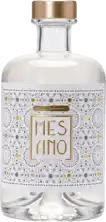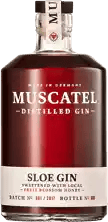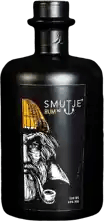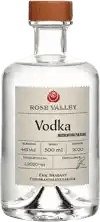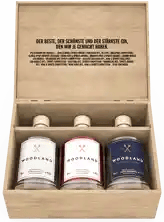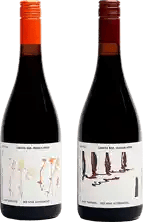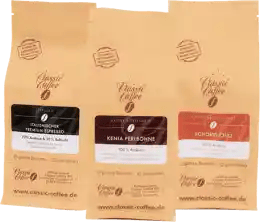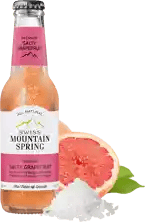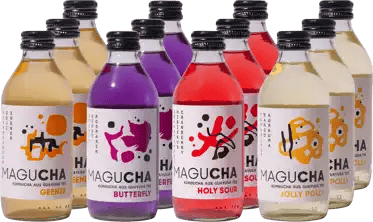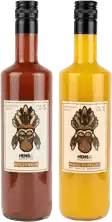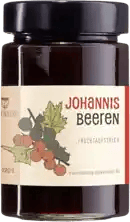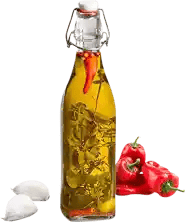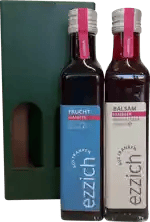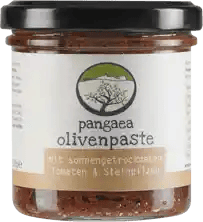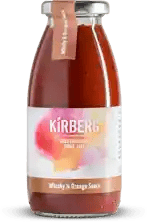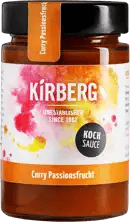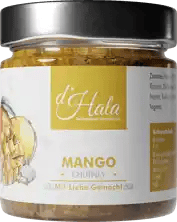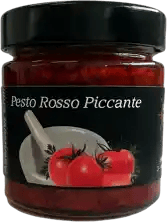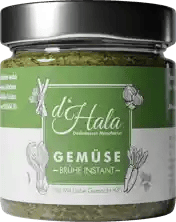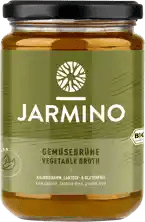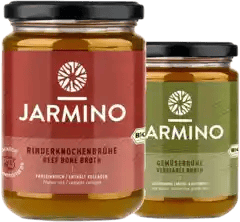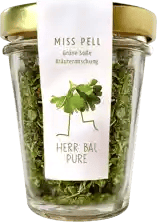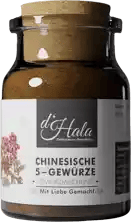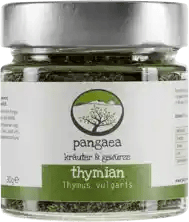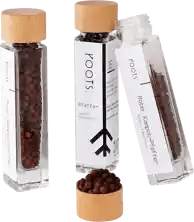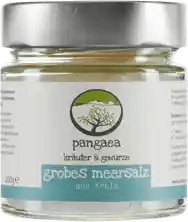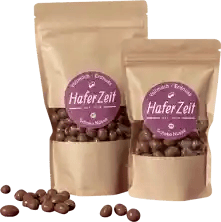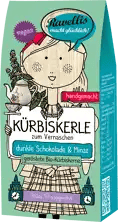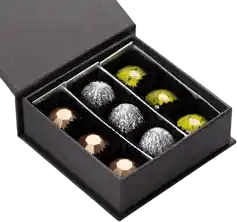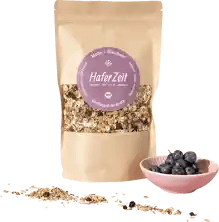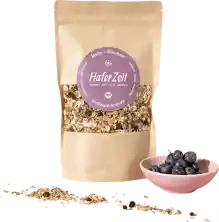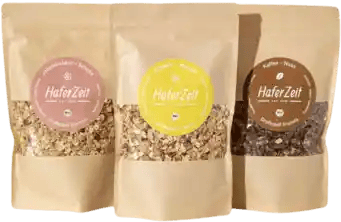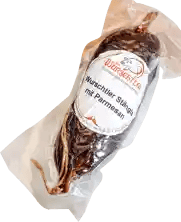Quality instead of quantity!
8,500 independent products
No mainstream
Quality instead of quantity!
-
Bestsellers

-
Geschenke
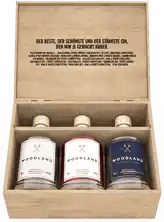
-
Craft beer

-
Gin

-
Spirits
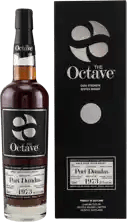
Spirits
-
Brandies & Spirits

Brandies & Spirits
-
-
Wine

-
Coffee/tea

-
Lemonades & Co

-
Packages

-
Food

-
Magazine

- More contents
Spirits
Cachaça
Buy cachaça at Honest & Rare. Here you will find cachaça from manufactories and small businesses. No mainstream, but special and high-quality cachaça.
Cachaça: The Brazilian national liquor
Cachaça, also known as "aguardente", is a traditional Brazilian spirit distilled from fresh sugar cane juice. It is at the heart of the world-famous Caipirinha cocktail and a symbol of Brazilian culture and joie de vivre. With its unique taste and versatility, cachaça has gained worldwide popularity.
The history of cachaça: from Brazil to the world
The production of cachaça began in the early 16th century when Portuguese colonists introduced sugar cane production to Brazil. Originally regarded as cheap booze, cachaça has evolved over the centuries into a noble and valued drink. Today, there are over 40,000 different brands in Brazil, producing both industrial and artisanal cachaça.
How cachaça is produced
The production of cachaça begins with the harvesting of sugar cane, which is pressed within 24 hours to extract the fresh juice. This juice is then fermented, often with natural yeasts, before being distilled in copper stills. Distillation takes place in a single pass to preserve the fresh and vegetal aromas of the sugar cane.
After distillation, cachaça is either bottled directly or stored in wooden barrels. Storage in barrels, often made from exotic woods such as amburana, jequitibá or bálsamo, gives the cachaça additional aromas and a golden color. Aged cachaça, also known as "cachaça envelhecida", is particularly prized and often more expensive.
The variety of wood types used and the different storage times result in a wide range of flavor profiles, from light and fruity to complex and spicy. This makes cachaça a versatile drink that can be enjoyed neat or used in cocktails.
How do you drink cachaça?
Cachaça can be enjoyed in many different ways. In Brazil, it is traditionally drunk neat, often at room temperature, to bring out the full flavor. Probably the best-known cocktail with cachaça is the caipirinha, which consists of cachaça, lime, sugar and ice. This refreshing drink is popular all over the world and a symbol of Brazilian joie de vivre.
However, there are many other cocktails that can be made with cachaça, such as the Batida, which is mixed with fruit and condensed milk, or the Rabo-de-Galo, a mixture of cachaça and red vermouth. The variety of cachaça cocktails reflects the creativity and experimentation associated with this drink.
The art of the caipirinha
Preparing a perfect caipirinha is an art in itself. It is important to cut the limes into pieces and sprinkle the sugar directly over them. Gentle muddling releases the essential oils of the limes before the cachaça and ice are added. The right ratio and the quality of the ingredients are decisive for the taste.
How popular is cachaça?
Today, cachaça is becoming increasingly popular not only in Brazil, but also internationally. Countries such as Germany, the USA and France are major importers of cachaça, and demand is growing steadily. Many small artisan distilleries have specialized in the production of high-quality cachaça and contribute to the diversity and quality of the product range.
Brazil remains the largest producer and consumer of cachaça, with a rich tradition and culture surrounding the drink. Billions of liters of cachaça are produced in Brazil every year, of which a small but growing proportion is exported. International recognition and appreciation for cachaça continues to grow, and it is only a matter of time before this unique drink finds its permanent place in bars and restaurants worldwide.
Brilliant!

Bitte bestätige deine Anmeldung noch eben - du hast eine Bestätigungsmail von uns. Klicke darin auf den Link. Danach bekommst du deinen Rabattgutschein.















